6. The Boys in the Band (1970)
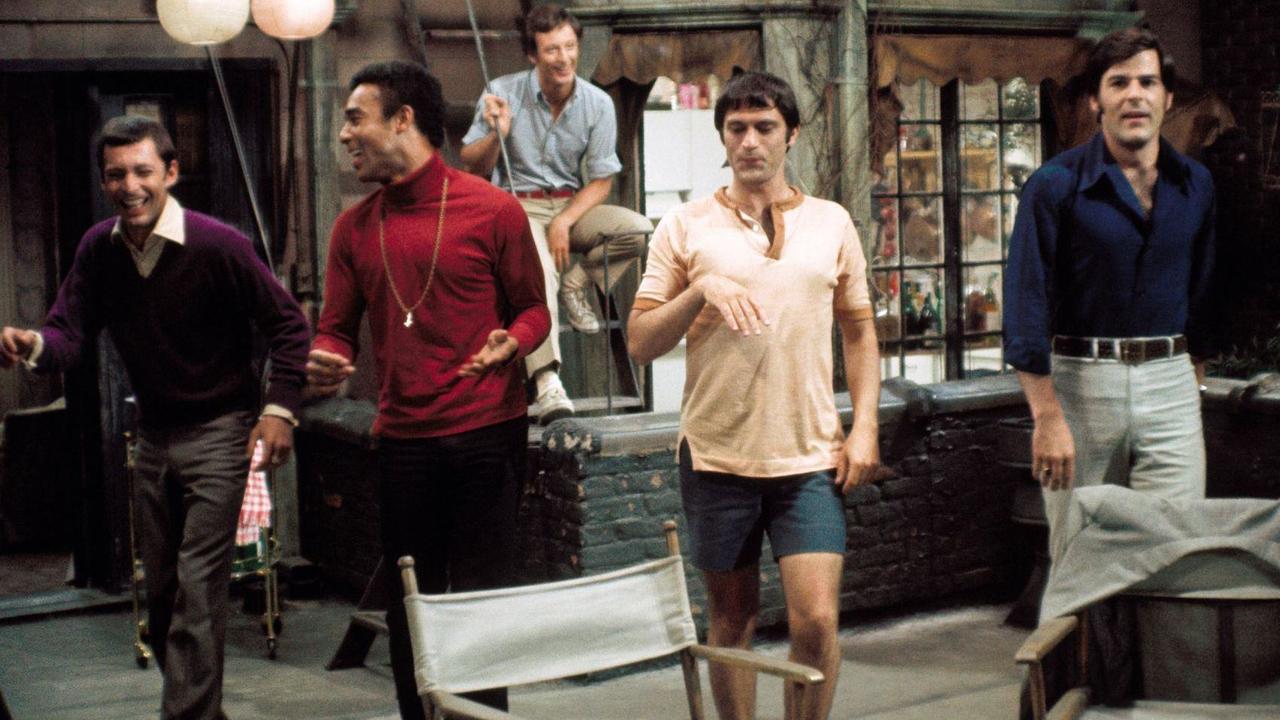
Regularly cited as something of a milestone and a landmark film in the history of queer cinema, Friedkin’s 1970 drama, adapted by Mart Crowley from his off-Broadway 1968 play, The Boys in the Band is both a valuable social artifact, and a stirring human drama. And while many aspects and attitudes expressed in the film feel dated today (there are a lot of stereotypes that grate viewed via a modern lens, for instance), though Friedkin himself, in his frequent self-lacerating fashion has cheerily said: “It’s one of the few films I’ve made that I can still watch.”
Michael (Kenneth Nelson) is hosting a birthday celebration for his pal Harold (Leonard Frey) when he gets an unexpected visit from old chum Alan (Peter White). Alan, unlike Michael and his social circle, is straight and uptight as all hell, and absolutely everyone else at the party is gay. Hoping to conceal his sexuality from Alan, Michael proceeds with caution, but of course his charade doesn’t last.
The pathos, self-contempt, memorable and decidedly sharp dialogue, all help buoy this spellbinding and groundbreaking gay classic. Essential.
5. Bug (2006)
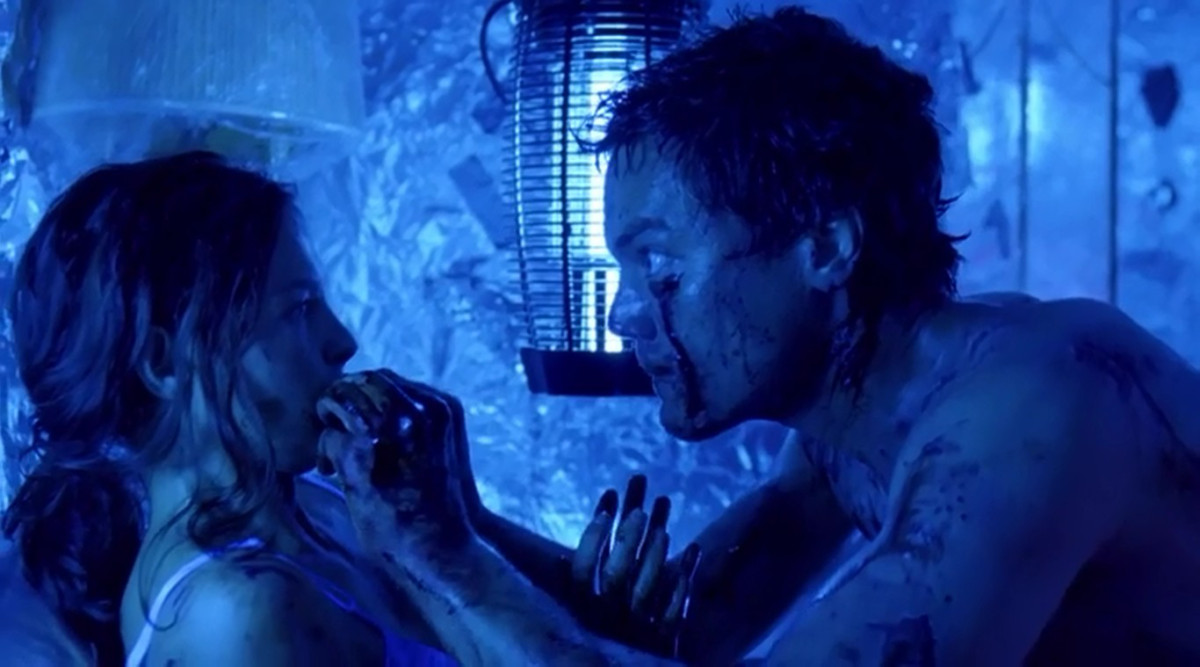
A standout chamber piece that unravels in a rundown desert motel, Bug benefits not just from some bold cinéma vérité camerawork that helps lay the tension on thick, but that Friedkin, triumphantly returning to the horror genre, works the paranoia angle here like some sort of black magician. Bug is a relentless thriller of both mental anguish and skin-crawling disturbance.
In a brilliant performance, Ashley Judd is Agnes, a deeply depressed and tragically despondent bartender, she’s trying to escape a terribly abusive relationship with an awful ex, Jerry (Harry Connick Jr.), and beginning a tentative relationship with an unhinged ex-soldier, Peter (Michael Shannon). Yup, Agnes knows how to pick ‘em.
Peter soon confides to Agnes that the military used him as an experiment, deliberately infecting him with a bug involving microscopic insects that are trying to burrow into his body, and now, most likely, her’s, too. Geez, thanks Peter!
As creepy-crawly paranoia sets in deep and the doomed couple begin to literally tear at their own bodies, the modern anxieties and unsettling fears of Friedkin’s best work get a modern and macabre varnish. Fright films are rarely this ominous, and upsetting, making this one of the director’s most surprising and supreme small-scale works.
4. To Live and Die in L.A. (1985)
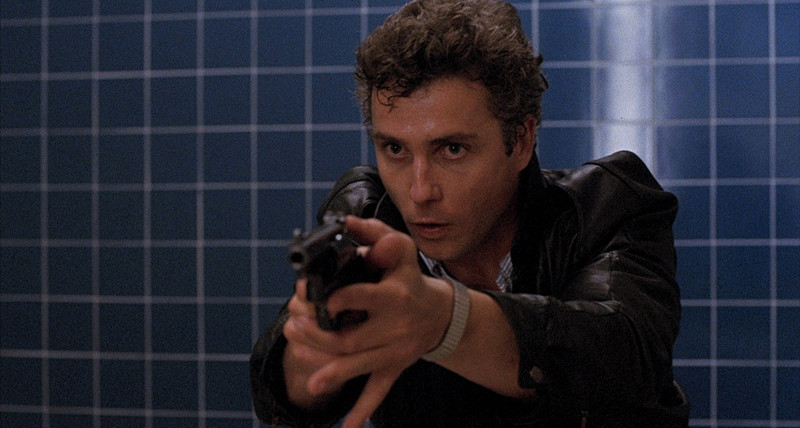
Adapted from the book by U.S. Secret Service agent Gerald Petievich (who co-wrote the screenplay with Friedkin), To Live and Die in L.A. details the sordid story of the deadly lengths to which two Secret Service agents, Richard Chance (William L. Petersen) and Jimmy Hart (Michael Green), go to arrest an incredibly dangerous counterfeiter, Eric Masters (Willem Dafoe).
Chance soon hatches a plan to entrap Masters but when an undercover officers dies as consequence, shit hits the proverbial fan as the stakes escalate amidst the sun-bleached streets of Los Angeles.
One of the films many strengths includes the artful lensing of cinematographer Robby Müller, who captures the gritty savagery of the streets with flourish, the era-appropriate OST from Wang Chung is also irresistible, and the film’s many amazing action set pieces (including one stunner of a car chase) are all set to rival the magnitude of those Friedkin captured in The French Connection.
Sure, To Live and Die in L.A. may well be an example of style over substance––it did arrive not unintentionally, during the Miami Vice hysteria––but what style! With an amazing cast, absolutely arresting visuals, and boldy ambivalent genre trauma, this is an astonishingly effective film. Don’t miss it.
3. The Exorcist (1973)
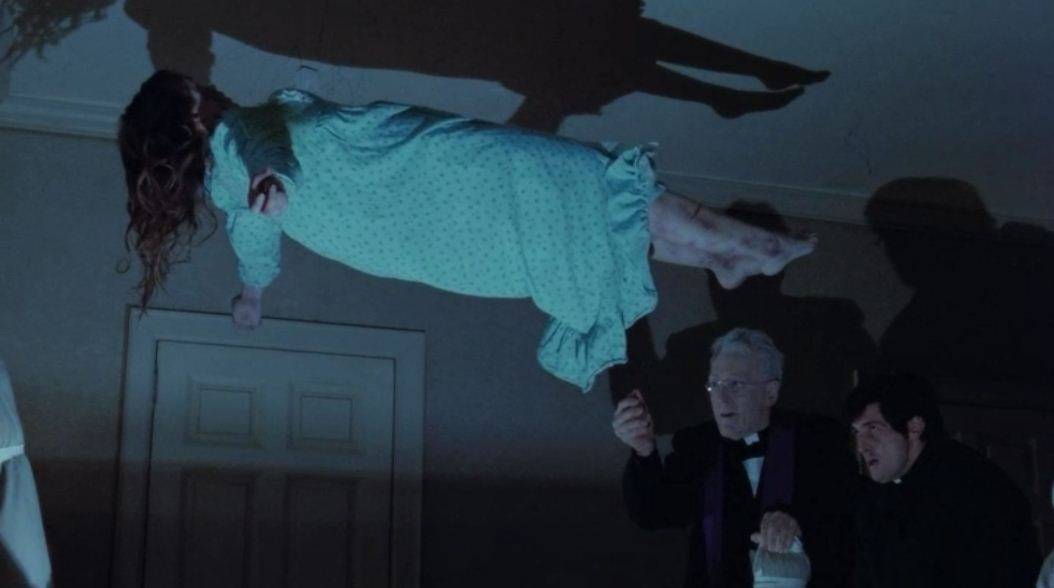
The Exorcist was the first weighty blockbuster in horror genre history––and the first to be nominated for Best Picture at the Oscars––and has heavily altered the genre ever since. The cultural impact of this film was massive as it became an international phenomenon and one of the most profitable fright films ever made.
Based off the 1971 novel by William Peter Blatty, who also wrote the screenplay, and inspired by an actual exorcism from 1949––hugely embellished and biased, of course––Friedkin, working like a black magician, used every shock tactic and exploitation maneuver imaginable in adapting this story. Among his many clever coups was the casting of Linda Blair as the demonically afflicted twelve-year-old Regan MacNeil, and Max von Sydow as the iconic elderly priest Father Lankester Merrin.
On the surface The Exorcist is a tale of the demonic possession of preteen Regan and her mother, Chris’s (Ellen Burstyn) attempts to reclaim her through a troubling exorcism. Nasty surprises lurk in every frame of the film, from Ouija board jolts, dinner party urination, contorted spider-walking, vulgar acts with crucifixes, projectile puking, to 360 degree head spins and more. Some of this macabre stuff is effective, some silly, some just showy schlock, but by and large it’s all rather effective.
The scene where Father Merrin arrives is an unforgettable iconic tableau for the ages and perhaps the most remarkable visage in a film running over with disquieting spectacle. Few films are as intense, unrelenting, and nimbly designed as The Exorcist. It’s a dark fairytale, a parent’s worst nightmare, and a demonic master work.
2. The French Connection (1971)
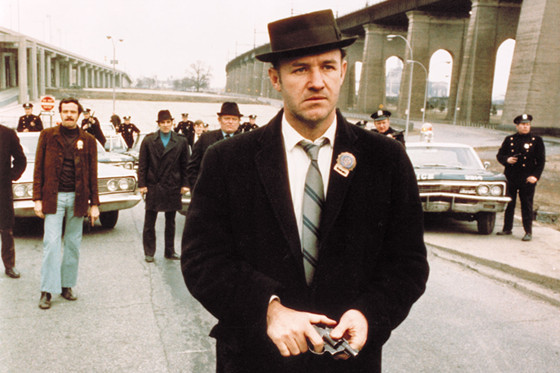
In one of his earliest performances, Gene Hackman gives a crowning turn as NYPD narcotics bureau detective Jimmy “Popeye” Doyle –– netting Hackman an Oscar and shooting him to the A-list –– in Friedkin’s astonishing police procedural, The French Connection. So assured and impressive was Friedkin’s direction that he too took home an Oscar (the film received a total of five Academy Awards) in a fictionalized but frequently factual account of a landmark law enforcement victory that found two detectives mired in fieldwork bust a deal involving a 112-pound heroin sale.
It’s a gritty, pessimistic and unforgettable affair, with set pieces full to bursting with fist-pumping élan, including one of the greatest and most gobsmacking car chases ever wed to celluloid as Popeye careens the wrong way down a one-way street at rush hour underneath elevated train tracks. It’s a “movie moment” of pure adrenaline that doesn’t allow the viewer a second to catch their breath. Amazing stuff.
1. Sorcerer (1977)
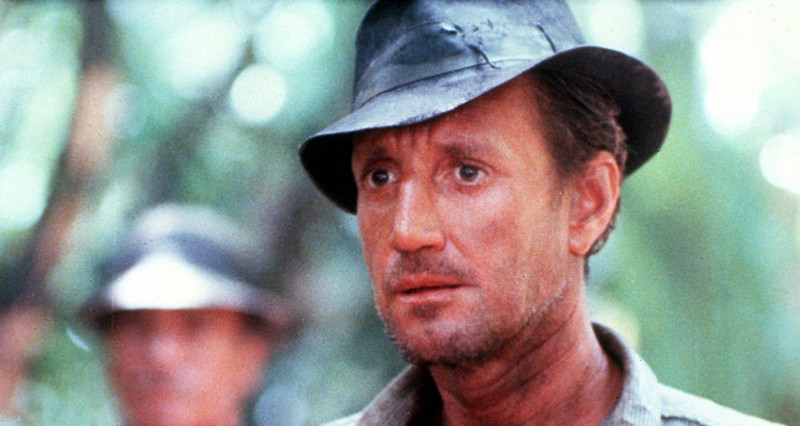
“The film I hope to be remembered by. I have a great fondness for Sorcerer, more than any other film… I consider it my most personal film and the most difficult to achieve… Basically lost for 37 years, its restoration is like Lazarus.”
– William Friedkin
Based on the 1950 French novel “La Salaire de la peur” by Georges Arnaud, also the basis for Henri-Georges Clouzot’s towering 1953 film, The Wages of Fear, Friedkin’s take is that rare jewel that transcends its origins to become something more intelligible, succinct, and exquisite then all its architects could have ever conceived. Sorcerer really is a kind of black mercurial magic.
In the dishabille, desolate swelter of Porvenir, Chile, four despairing men, strangers to each other and themselves, seek sanctuary and anonymity for disparate and dark reasons of their own. When a U.S.-owned oil company, vile in its exploitation of the people and resources in this out-of-the-way locale, through unsafe and incredulous practices, has an oil well explode, with heavy casualties, our anti-heroes begin to align in this unforgettable existential thriller.
Starring a badass Roy Scheider, and a brow-beaten Bruno Cremer, Sorcerer is, on the surface, a straight-up story of tough guys driving truckloads of highly explosive nitroglycerin across hundreds of miles of rocky terrain, impossible roads, collapsing bridges, and dense jungle furnace; their goal being the site of the oil well fire, their payloads to be used, should they survive the trip, to make an even bigger explosion to quench the furious fires that have already extinguished many ill-starred luckless lives.
“I measure the success or failure of a film on one thing—how close I came to my vision of it.” With this reclaimed masterpiece Friedkin’s resolute vision never lets up till the end, with a soft-touch finish that subtly takes everything apart. It’s a film that casts a shadowy spell, the obligatory happy ending eschewed for something far more spurring, but also, strangely, far more edifying. Sorcerer is a film whose dividends are dark and deep, like the craters of the moon that our lowlife protagonists seem to navigate on their quest through the eclipse.
Author Bio: Shane Scott-Travis is a film critic, screenwriter, comic book author/illustrator and cineaste. Currently residing in Vancouver, Canada, Shane can often be found at the cinema, the dog park, or off in a corner someplace, paraphrasing Groucho Marx. Follow Shane on Twitter @ShaneScottravis.